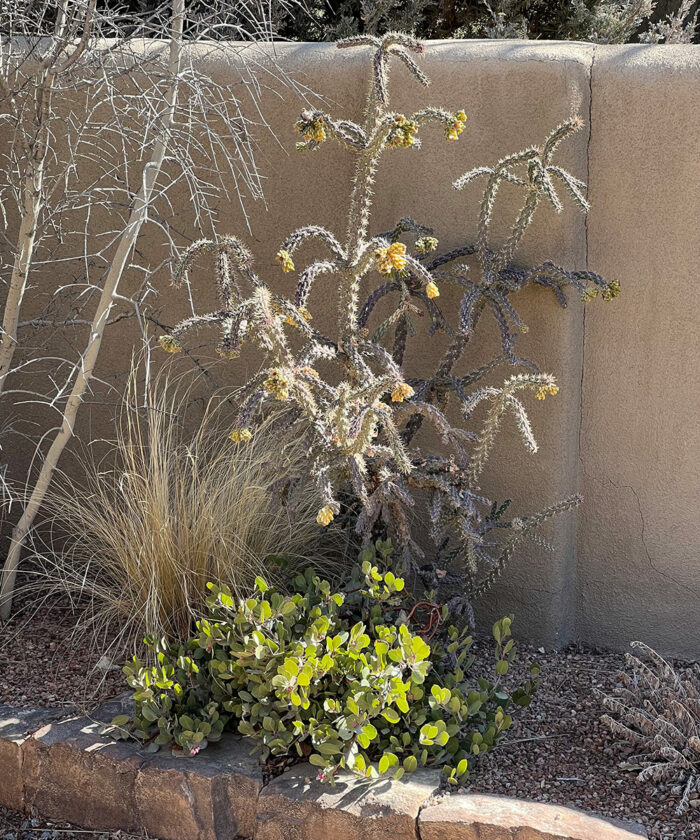
Obvious shifts in climate patterns are changing our natural world. Large trees are dying, moderate temperature swings are now more extreme, and storms are more sporadic and violent when they arrive. Dry forests and dry-grass prairies are susceptible to wildfires throughout the Southwest. These climate concerns make it more important than ever to understand how to site plants and make the most use of microclimates. In horticulture, you will often hear the phrase “right plant, right place” to indicate the importance of plant siting. Here are a few tips to help you get the most out of your plants with proper placement.
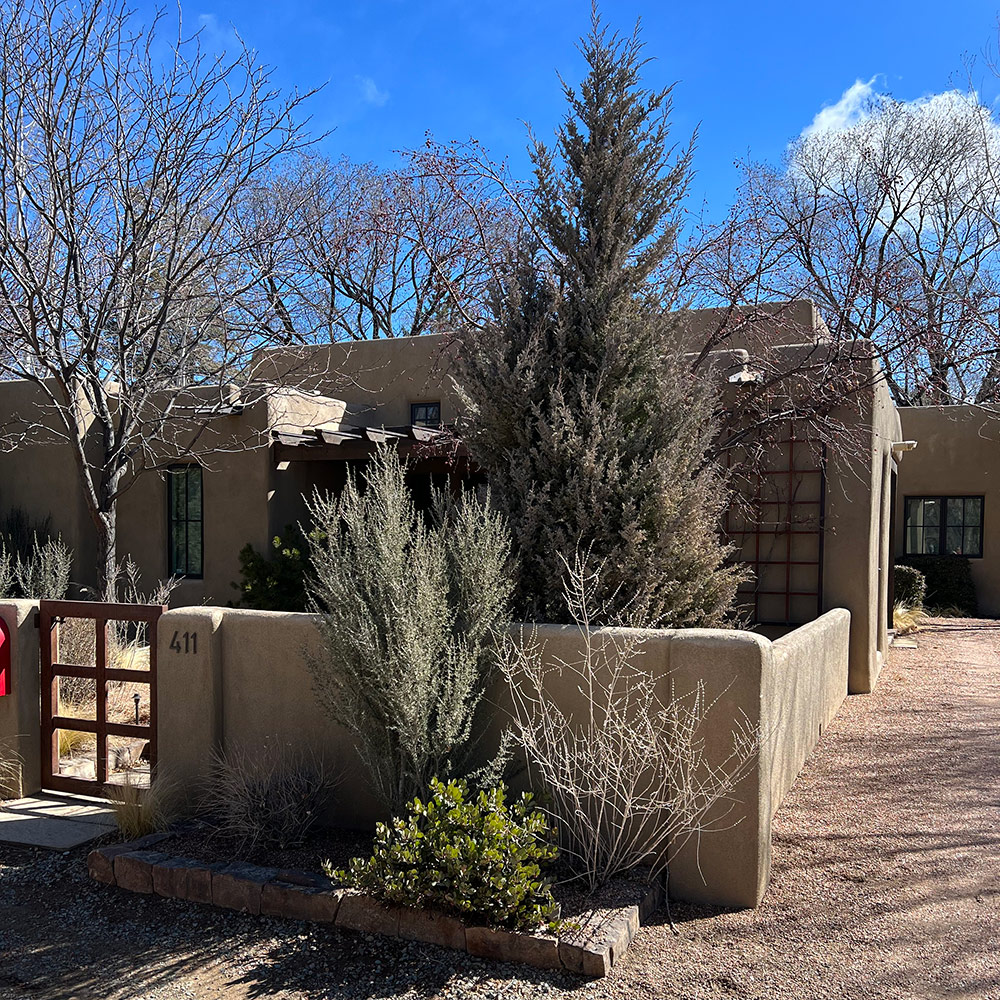
Make use of heat islands
Hellstrips and other garden beds near structures like roads, stone walls, and sidewalks can be hotter than the surrounding landscape. It’s best to plant heat- and drought-tolerant plants in these locations. It’s even possible to use plants half a zone hotter than your zone in these areas. For example, if you are in Zone 6b, a Zone 7 plant should work in a heat island. In the above picture, a native littleleaf mountain mahogany (Cercocarpus intricatus, Zones 4–9) along with ‘Panchito’ manzanita (Arctostaphylos × coloradensis ‘Panchito’, Zones 4b–8) are both thriving in a heat island created by surrounding gravel and a stone wall. These are drought-tolerant, full-sun plants that can handle these conditions.
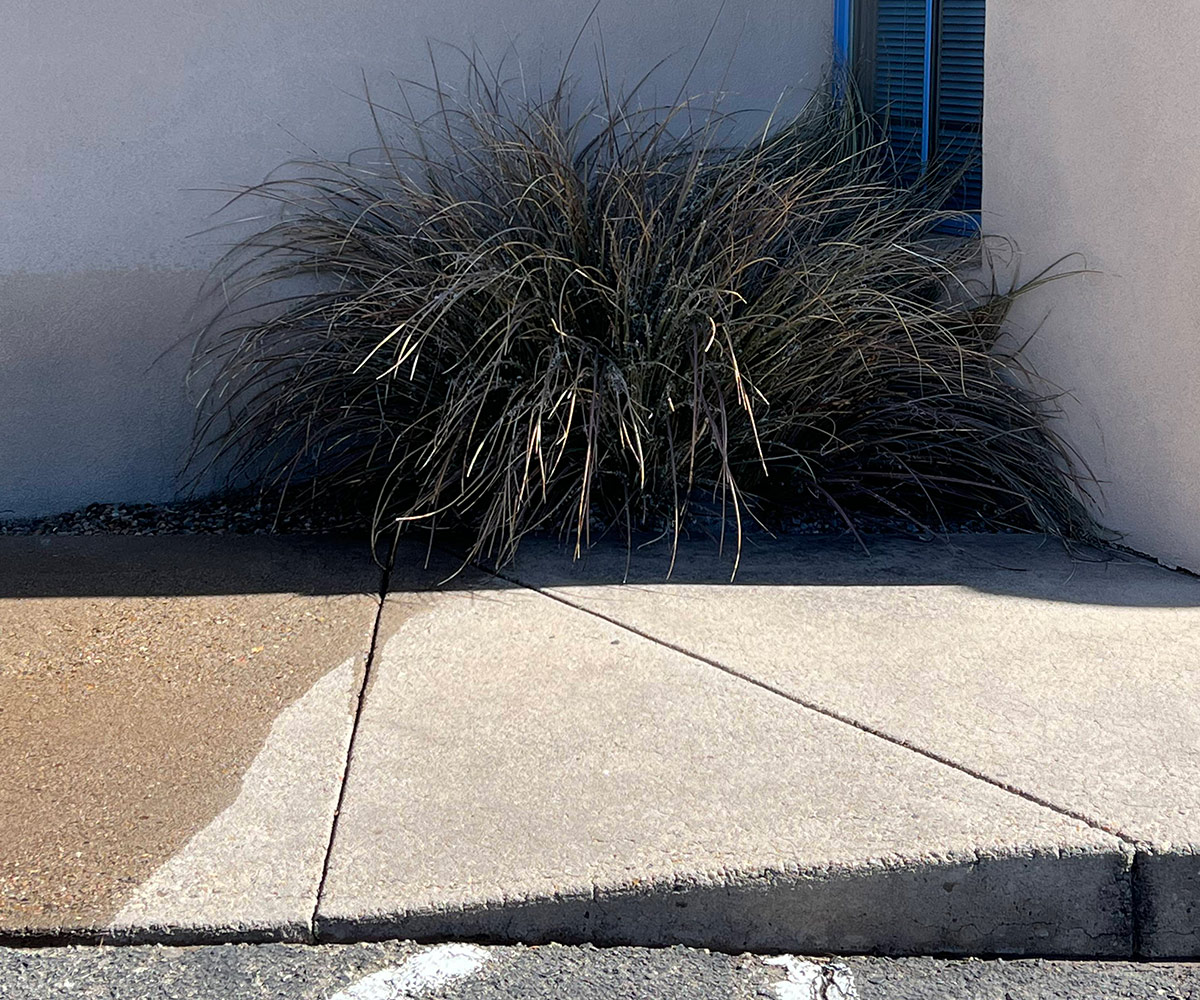
Protect vulnerable plants from wind
In New Mexico, our spring is extremely windy, with gusts over 50 mph for extended periods of time. It’s important to avoid using plants like fruit trees, which are prone to wind damage in wide, open areas. Instead, these plants should be planted in a protected alcove or in between other plants that can provide a buffer. In order to better understand wind exposure, find out which direction most of the wind comes from in your area.
Understand the different directions of sun exposure
If you think of your house as the center of a compass, then different parts of your yard will get different sun exposures based on the angle of the sun. On a north-facing site, you could plant trees that prefer cooler feet (roots), such as aspen trees (Populus spp. and cvs., Zones 1–9), and plants that prefer partial sun. A west-facing site could handle plants that need more sun, like cacti, salvias (Salvia spp. and cvs., Zones 5–11), lavender (Lavandula spp. and cvs., Zones 4–10), and hesperaloes (Hesperaloe spp. and cvs., Zones 5–11).
Our overall mission as gardeners, designers, and property owners should ultimately be the environment’s health. Understanding microclimates and planting the right plants in the right places can help us toward that goal and improve our gardens.
—Mark Brotton, APLD, owns and operates Living Water, Irrigation, and Landscape based in Santa Fe, New Mexico.
Fine Gardening Recommended Products

Berry & Bird Rabbiting Spade, Trenching Shovel
Fine Gardening receives a commission for items purchased through links on this site, including Amazon Associates and other affiliate advertising programs.
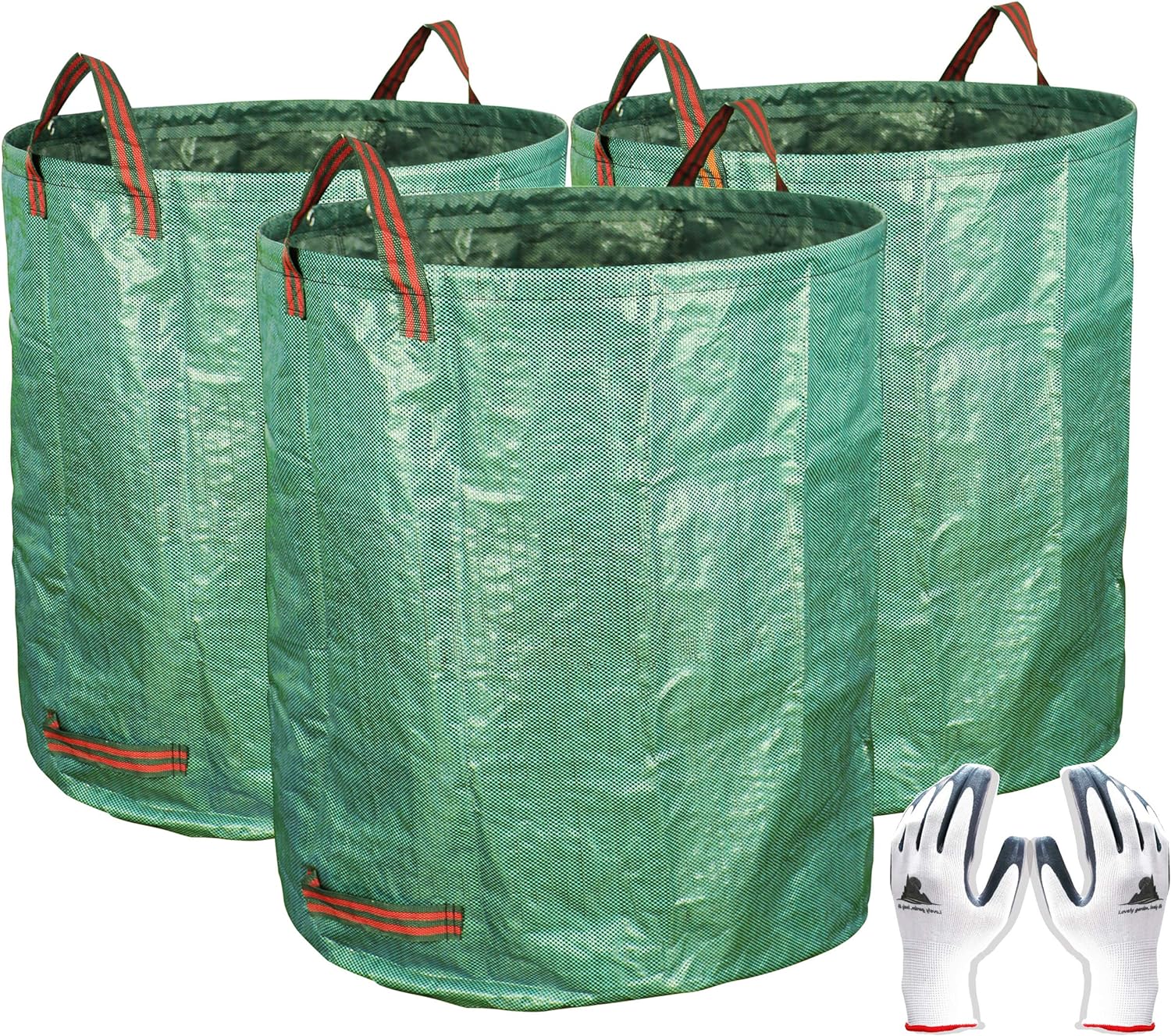
Gardzen 3-Pack 72 Gallons Garden Bag
Fine Gardening receives a commission for items purchased through links on this site, including Amazon Associates and other affiliate advertising programs.

A.M. Leonard Deluxe Soil Knife & Leather Sheath Combo
Fine Gardening receives a commission for items purchased through links on this site, including Amazon Associates and other affiliate advertising programs.



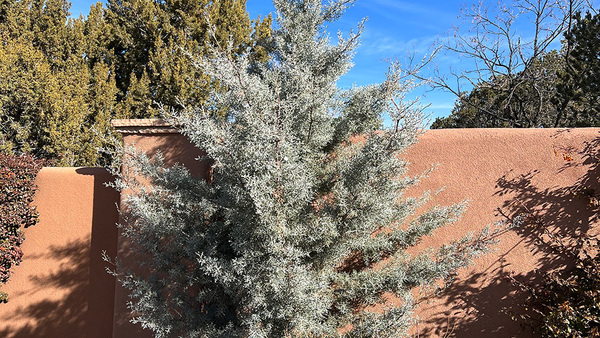

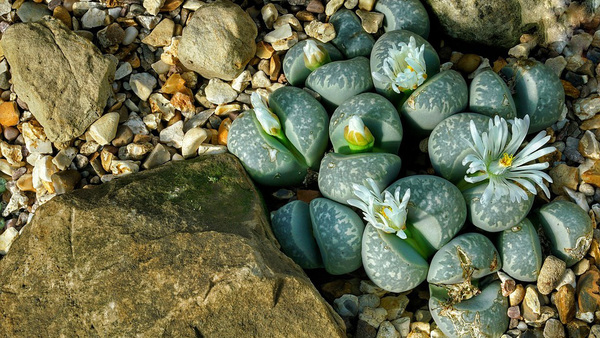













Comments
Log in or create an account to post a comment.
Sign up Log in